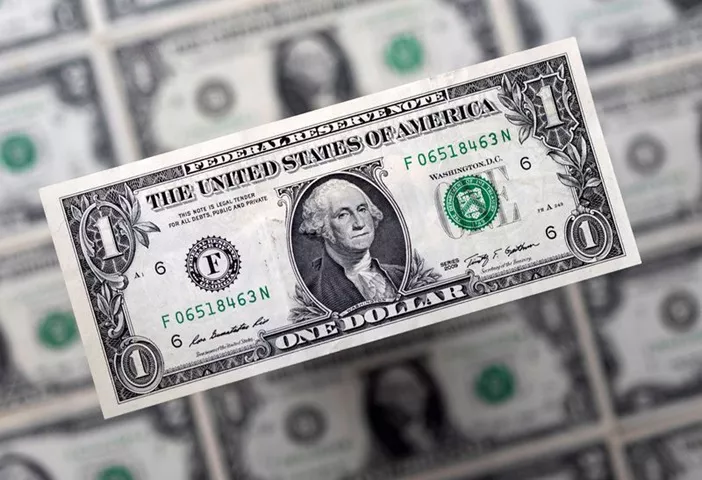The U.S. dollar stabilized on Wednesday after its steepest drop in over three weeks. The decline followed weaker-than-expected U.S. inflation data, which supported expectations for potential easing by the Federal Reserve. This development comes as global trade tensions begin to ease.
The U.S. Labor Department reported that the consumer price index (CPI) rose by 0.2% in April, lower than the 0.3% increase predicted by economists surveyed by Reuters. This follows a 0.1% decline in March.
However, inflation is expected to rise in the coming months, partly due to higher U.S. tariffs on imported goods. Despite this, the outlook for U.S. trade improved following a recent agreement with Britain and a 90-day truce reached with China over their ongoing tariff dispute.
Earlier this month, President Donald Trump mentioned that he has “potential deals” in the works with India, Japan, and South Korea.
The U.S. dollar index, which tracks the dollar against six major currencies, was steady at 100.94 as of 0042 GMT. This follows a 0.8% drop on Tuesday after a 1% rise on Monday, when hopes for easing U.S.-China trade tensions boosted the dollar.
The dollar held steady at 147.45 yen, with the euro and British pound little changed at $1.1188 and $1.3311, respectively. The dollar also remained flat at 0.8390 Swiss franc and at 7.1928 Chinese yuan in offshore markets, after reaching a six-month low of 7.1791 yuan on Tuesday.
Related topics:


